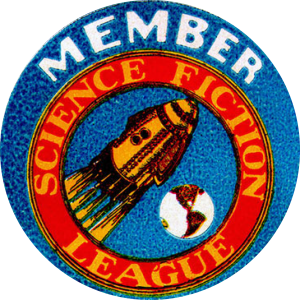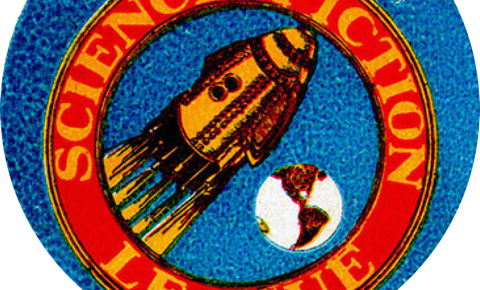 In 1911, when Hugo Gernsback introduced what he at first termed “scientific fiction,” it was his hope that these stories would stimulate his readers’ imaginations, leading to scientific progress and a better world. In the April 1916 issue of THE ELECTRICAL EXPERIMENTER, Gernsback wrote:
In 1911, when Hugo Gernsback introduced what he at first termed “scientific fiction,” it was his hope that these stories would stimulate his readers’ imaginations, leading to scientific progress and a better world. In the April 1916 issue of THE ELECTRICAL EXPERIMENTER, Gernsback wrote:
A world without imagination is a poor place to live in. No real electrical experimenter, worthy of the name, will ever amount to much if he has no imagination. He must be visionary to a certain extent, he must be able to look into the future and . . . he must anticipate the human wants. . . . Imagination more than anything else makes the world go round. If we succeed in speeding it up ever so little our mission has been fulfilled.
When he introduced AMAZING STORIES ten years later, Hugo Gernsback seemed to have changed his tune. In an editorial appearing in the magazine’s first issue — dated April 1926 — Gernsback wrote:
“By ‘scientifiction’ I mean the Jules Verne, H. G. Wells, and Edgar Allan Poe type story — a charming romance intermingled with scientific fact and prophetic vision.”
The names displayed on the covers of the early AMAZING STORIES — Edgar Rice Burroughs, Murray Leinster, A. Merritt, Edgar Allan Poe, Garrett P. Serviss, Jules Verne, H. G. Wells, and others — likewise indicated that Gernsback’s vision had evolved. He had learned that his “readers wanted more than instructive fiction. They wanted to be entertained, to escape, to experience that sense of wonder that good visionary fiction brought.”
The question that Hugo Gernsback asked through his magazines, early science fiction fandom grappled with both vocally and in print:
What is the purpose of science fiction?
Some believed it was to teach science and inspire scientists; others believed it was to offer adventurism and escape from reality; still others believed it was to envision a better future for all.
Discussions around this question are at the core of the science fiction genre’s history. On Thursday, August 6, PulpFest 2020 will welcome David and Daniel Ritter of First Fandom Experience for an exploration of the conversation concerning science fiction’s purpose during the early years of organized fandom.
Beginning in the late 1920s and coursing through the 1939 WorldCon and beyond, First Fandom Experience will examine Hugo Gernsback and science fiction as a teaching device; the emergence of “thought experiments” as a sub-genre; the “escapist” camp of science fiction fandom; Michelism and the infamous 1937 “Mutation or Death” speech written by Jon B. Michel and delivered by Donald A. Wollheim; activism in early science fiction fandom; the Technocracy Movement and the Los Angeles fan scene, including a young fan by the name of Ray Bradbury; and how all these things relate to the idea of creating the future.
So please join us for PulpFest 2020 from August 6 through August 9 at the DoubleTree by Hilton Hotel Pittsburgh – Cranberry in Mars, Pennsylvania for “Science Fiction: To What Purpose?”
(If you were born between 1945 and 1960 and are a science fiction fan, your first introduction to the genre likely came from reading one of the masters who began their work in the 1930s — Asimov, Bradbury, Campbell, Clarke, Smith. All of these great writers began their work as fans. What had these authors experienced that shaped their visions? What would it have been like to know them when they were first discovering speculative fiction and others who loved it? These questions inspired David Ritter to start First Fandom Experience. For the organization’s Editor-in-Chief, born in 1960, this project has been a way to better understand the origin story of his own origin as a fan.
As a millennial, Daniel Ritter — the Managing Editor of First Fandom Experience — was exposed to science fiction through the hand-me-downs of older readers and fans, like his father. Daniel’s childhood bookcase was packed with well-read copies of books that were published before he was born. The foundation of his love for science fiction was born from the pages of these books. Daniel has spent his entire life swimming in the ocean of the genre, and he is now privileged to study the very early days of science fiction.
The Science Fiction League was one of the earliest associations formed by science fiction fans. It was created by Charles D. Hornig and Hugo Gernsback in February 1934 in the pages of WONDER STORIES. The League — which eventually grew to about 1,000 members — lasted about ten years. Its emblem — designed by Frank R. Paul — was first published in the April 1934 issue of WONDER STORIES.
For a look at our entire programming schedule, please click the Programming button below the PulpFest banner on our home page.)






